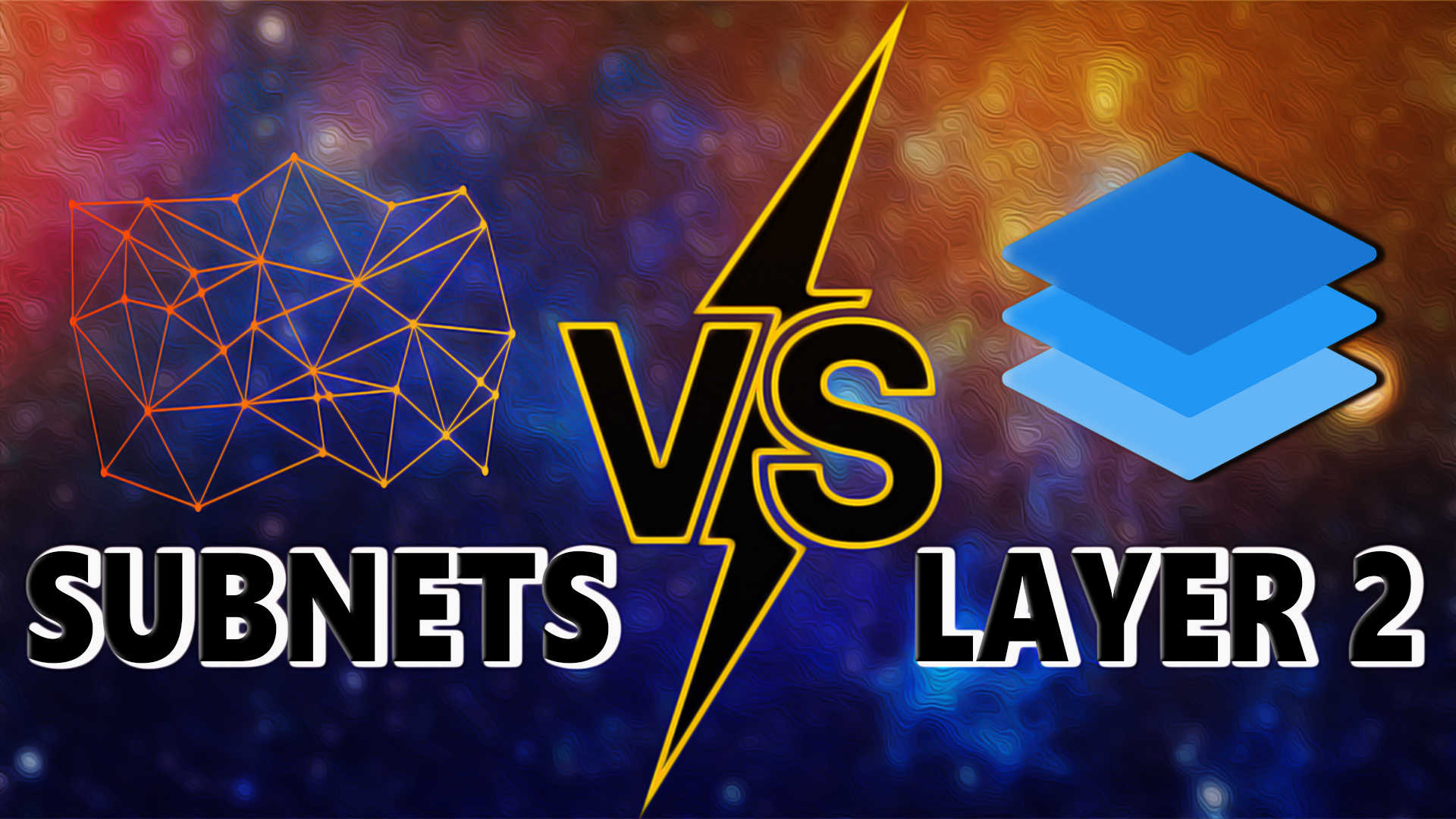
Subnets vs L2: Understanding the Concept and the Differences
- Subnets and L2 are both scaling solutions.
- Both Subnets and L2 employ off-chain processing of transactions.
What are Subnets?
Subnets are separate decentralized networks on a blockchain that do not abide by the rules of that blockchain. They function based on their own set of rules with network validators and consensus mechanisms.
They are mainly focused on enhancing the scalability of the network and improving its performance by enabling the processing of smart contracts and multiple transactions simultaneously.
The role of subnets in blockchain networks like Ethereum is to manage the congestion caused by the volume of transactions or computational demands. This congestion in the network can cause slower processing of transactions, increased transaction costs, etc. Subnets eliminate this issue by creating additional network layers or extra sub-chains.
The ability of these Subnets to process multiple transactions and smart contracts allows them to relieve congestion on the main chain, improving network performance.
Subnets often make use of different consensus mechanisms and scaling solutions based on the requirement. They can use the Proof-of-Stake consensus mechanism, Delegated Proof-of-Stake consensus mechanism, sharding, or any other layer 2 scaling solution. The main focus is on enhancing the network’s efficiency.
What is Layer 2 (L2)?
Layer 2 or L2 is an off-chain scaling solution built on Layer 1 blockchain networks like Ethereum or Bitcoin. The primary goal of this scaling solution is to increase the transaction processing speed and decrease transaction costs by setting up separate networks.
L2, being an off-chain scaling solution, does not have its own separate blockchain. Instead, it is just used as a payment method between two parties with the help of smart contracts.
The purpose of creating these separate networks is to restrict and limit the entry of network participants and nodes. Due to the limited number of participants, it becomes easier and faster to validate the transactions, which ultimately reduces the processing time.
Comparing Subnets and Layer 2
Subnets and Layer 2, both these technologies are used to enhance scalability. However, the difference between them is their working mechanism.
- Scalability Approach : Subnets enhance the scalability by dividing the network into separate smaller networks or shards and reduce network congestion by dividing the network load among these independent sub-chains.
Layer 2 – L2 achieves scalability by processing the transactions off-chain. L2 solutions reduce transaction costs and increase transactions per second with the help of techniques such as state channels, sidechains, plasma, etc.
- Relationship with mainchain: Even though they are separate from the main chain, they still operate parallelly.
Layer 2 – Unlike subnets, Layer 2 is dependent on the main chain for security purposes. It sends summarised data to the main chain to ensure the authenticity of off-chain solutions.
- Trade-offs: Subnets offer higher scalability across parallel chains but may find it difficult while transact across the chains.
Layer 2 – As compared to the main chain, L2 offers more throughput and higher scalability. However, this only becomes possible when it is connected to the main chain.
Benefits of Subnets
- By allocating transactions across multiple Subnets, it enhances the network’s ability to process large volumes of transactions and avoid potential bottlenecks.
- By partitioning the network into smaller shards, Subnets allow for the parallel processing of multiple transactions, enhancing the network’s capacity to provide greater throughput.
- These Subnets, with the help of shards and smaller sub-chains increase the number of confirmed transactions while ensuring lower latency.
Benefits of Layer 2
- L2 increases scalability by processing the transactions off of the main chain. This allows for a larger number of transactions to be processed in lesser time.
- With lesser dependency on the main chain, L2 achieves faster transaction confirmation and faster processing.
Conclusion
Subnets and Layer 2 (L2) are both valuable scaling solutions in blockchain networks. Subnets create independent decentralised networks to improve scalability and manage congestion, while L2 processes transactions off-chain to increase transaction speed and reduce costs. Each approach offers unique benefits and plays a crucial role in enhancing blockchain efficiency and performance.
